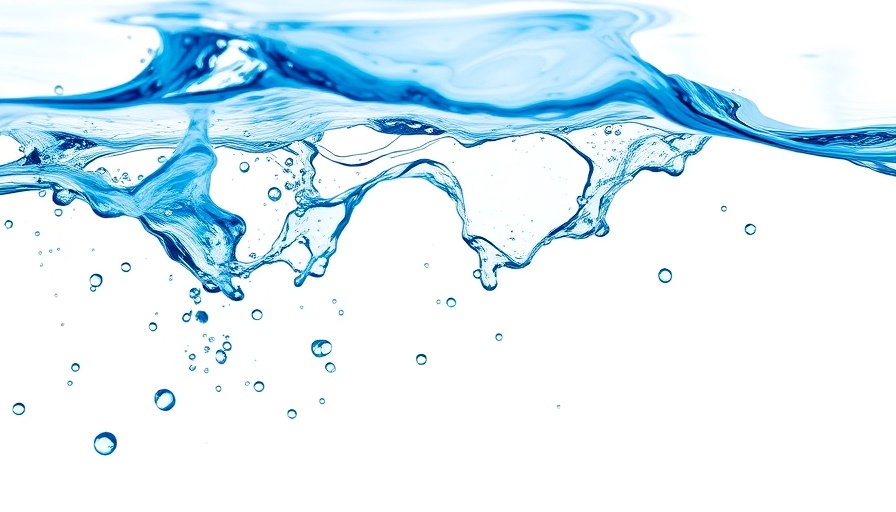
The E-Waste EPR: A Key to a Greener South Africa
For many years, South Africa has faced the daunting challenge of escalating electronic waste, compounded by a fragmented approach to waste management. While countries across the globe have established effective systems to handle e-waste, South Africa has struggled to catch up. However, the introduction of Extended Producer Responsibility (EPR) Regulations in 2021 was a significant step toward resolving this crisis. This robust framework offers the tools necessary to tackle e-waste, bolstering economic prospects while fostering sustainable environmental practices.
The Freerider Challenge: A Looming Threat
Despite its noble objectives, the EPR system is under serious threat from the freerider problem - entities that benefit from the system without contributing to its upkeep. This undermines the crucial funding necessary for effective recycling and waste management. If unchecked, the consequences of inaction could be dire. Producers that comply with the regulations will face an unfair disadvantage, allowing non-compliant companies to thrive while endangering environmental and community health.
The Environmental and Economic Stakes
The repercussions of failing to resolve the freerider issue are catastrophic. Millions of tons of e-waste, containing toxic components like mercury and cadmium, could continue to be improperly disposed of, jeopardizing soil quality and contaminating water supplies. Additionally, the EPR's potential to create jobs and stabilize livelihoods for thousands of informal waste reclaimers is at stake. Investing in this framework could turn a pressing waste crisis into an economic boon.
A Thriving Circular Economy: The Reward of Compliance
By adhering to the EPR guidelines, South Africa can catalyze a thriving circular economy. Full compliance would foster innovation, driving producers to design electronics that are simpler to recycle, thereby minimizing resource depletion and reducing carbon emissions. This shift would aid in moving towards a greener economy that not only meets consumer demands but also aligns with global initiatives for sustainable development.
Addressing Climate Change Through E-Waste Management
Integrating effective e-waste management into national energy policies, like the Integrated Resource Plan (IRP), paves the way for sustainable energy transitions in South Africa. By reducing electronic waste, we can further our climate goals, cutting greenhouse gases and fostering energy security. The EPR policy serves as a cornerstone for ensuring that businesses actively contribute to reducing their carbon footprints and comply with international climate agreements, such as the Paris Agreement.
Actionable Steps: What Can Professionals Do?
As professionals in the field, it is crucial to actively support and advocate for sustainable practices within organizations. Businesses should embrace the principles of EPR, taking initiative to ensure compliance and promoting environmental stewardship. Educational campaigns that spread awareness about the importance of e-waste recycling can galvanize public support and drive change in consumer behavior.
Conclusion: Shaping the Future of E-Waste Management
In conclusion, the journey towards effective electronic waste management is intertwined with broader socioeconomic objectives. Only through collective action and adherence to the Extended Producer Responsibility can South Africa hope to turn its e-waste crisis into an avenue for economic growth that underpins a sustainable future. Let us not allow this framework to falter; instead, we must embrace it as a vital element in the fight against climate change and for a greener economy.
 Add Row
Add Row  Add
Add 




Write A Comment